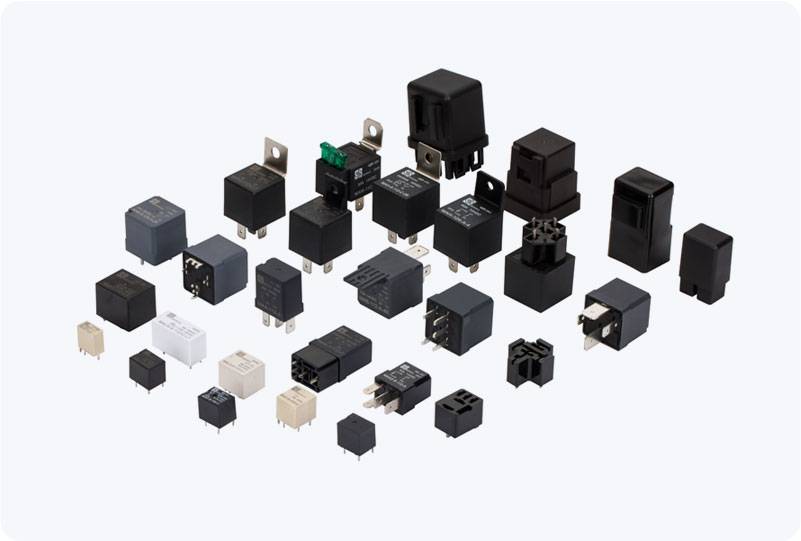Precharge relays are critical components in electric systems, particularly in applications involving high-voltage batteries such as electric vehicles (EVs), energy storage systems, and large-scale power supplies. These relays serve an essential role in protecting sensitive components from the potentially damaging effects of inrush currents during the initial charging phase of the system. In this article, we will explore what a precharge relay is, how it works, its applications, and the significance of its role in electric systems.

What is a Precharge Relay? A precharge relay is a specialized switch used to manage the flow of electrical current into the system’s capacitors during power-up. It prevents damage to sensitive electronic components by reducing the inrush current that would otherwise flow when the system is initially powered on. By gradually charging the capacitors and stabilizing the voltage in the system, a precharge relay ensures that there is no sudden surge that could lead to equipment failure. In many electric systems, especially those with large batteries and high-voltage capacitors, a sudden application of power can create a large spike in current, which is often referred to as inrush current. This spike can easily damage switches, circuit boards, and the battery management system (BMS). The precharge relay is designed to mitigate these risks by controlling the charging process.